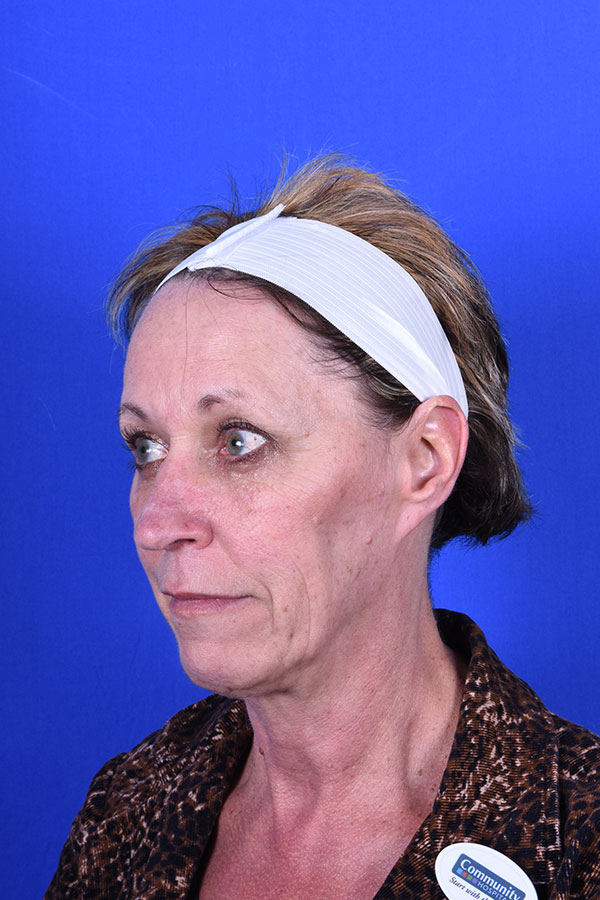A facelift, technically known as a rhytidectomy, involves improving the appearance of how the face and neck skin area appear. This surgery can improve the look of skin that has begun to show the effects of aging. Common areas treated include sagging facial skin, the increase of folds and wrinkles around the mouth and nose, layers of skin sagging underneath the chin that creates an effect known as “turkey neck,” and jowls.
It should be noted that skin doesn’t show signs of aging simply due to time alone. Weather, diet, drinking alcohol, smoking, work environment, and one’s genetic background all contribute to how he or she will appear with age. Chronic stress can also be a big negative factor in general health and appearance as well.
Facelifts can also be combined with other procedures for overall enhancement of one’s face appearance. These additional procedures can include brow lifts or treatment of the eyelid area to remove the heavy bag look under the eyes or droopiness over them. Both will make one’s eyes look more youthful. Along the same lines, fat filler or transfer can be utilized to add volume again to areas where age has caused the loss of fatty volume, contributing to sagging. Additionally, skin treatments can also be applied as well for improved skin surface and texture.

Before

After
Unfortunately, despite some of the great advancements in the procedure, a facelift won’t stop the aging process and it won’t fundamentally change how a person looks. Furthermore, the procedure must be handled as a surgery by a trained and licensed physician. There is no such thing as an outpatient, non-surgical facelift.
If you or someone you know is interested in a facelift procedure, the first step to take is a consultation. This will cover the educational process on many of the points above and what specific procedure are possible for your specific needs and choices.

Before

Before

After

After